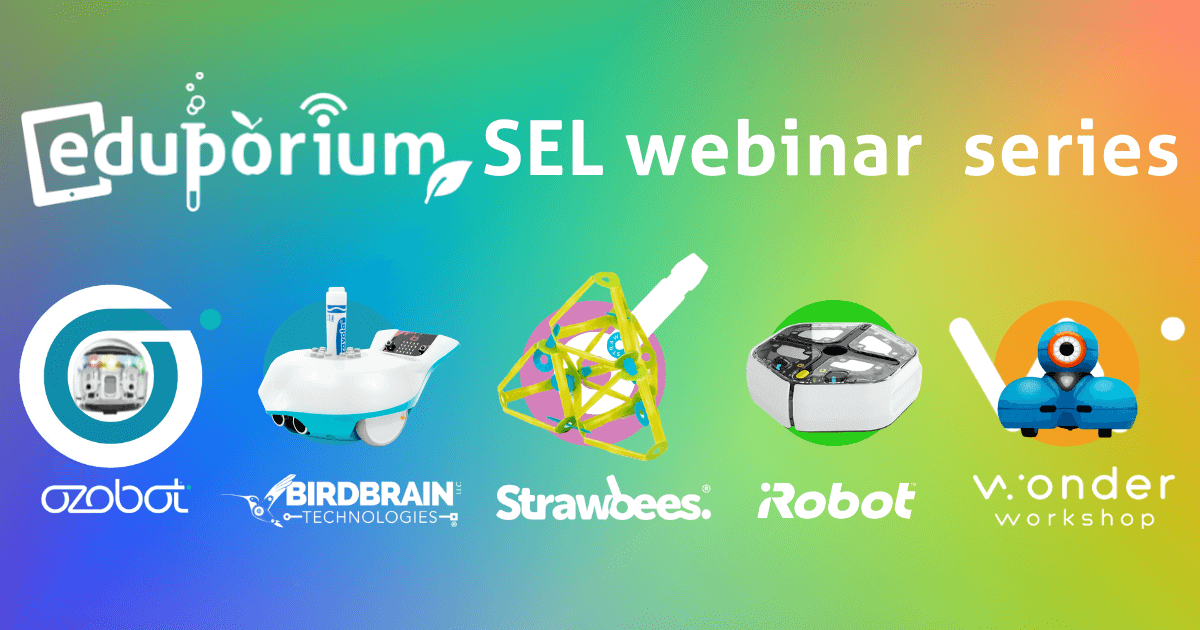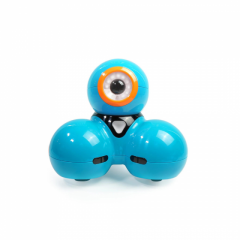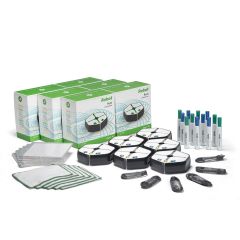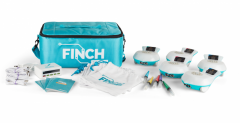Over the last couple months, we’ve teamed up with professionals from some of our top partners to bring educators a webinar series focused on addressing social-emotional learning and STEAM education. Throughout this time, we’ve been fortunate to work with some great education professionals from Strawbees, BirdBrain Technologies, Wonder Workshop, iRobot Education, and Ozobot. Starting back in September, we’ve shared these five broadcasts with our educator community with a lot of pride. Now that it’s wrapped up, we wanted to put all the resources in one place to help you find and maximize EdTech and SEL tools for the classroom.
We launched this series with our partners from Strawbees Education and talked a lot about creating those all-important SEL connections. Now with a good amount of kits in their product offerings, the Strawbees solutions certainly help educators create hands-on opportunities for exploration, problem solving, collaboration, and engineering. With the Strawbees system, students can follow project guides and build structures that start simple and eventually incorporate programming. In terms of SEL, the Strawbees kits help students learn to work collaboratively and grow through initial failures. You can learn about key Strawbees Education resources, including the Strawbees Classroom platform, in the webinar replay below.
In the next webinar, we teamed up with our partners from BirdBrain Technologies. Creators of the Hummingbird Bit kits and Finch 2.0 robot, they talked about each of their offerings and how educators can leverage free instructional materials to help create strong SEL and STEAM connections in the classroom. With value for everyone from beginners to experts, the BirdBrain robots help educators foster inclusion, create greater collaboration, and more. Powered by the micro:bit, both the Finch and Hummingbird robots help students learn key elements of programming. Plus, with close connections to the five pillars of SEL, their standards-aligned activities help students learn to better manage emotions, foster relationships, and see others’ points of view.
Next up was a presentation on the Wonder Workshop solutions, specifically on the Dash Robot and SEL. We talked about what makes the Dash so valuable in elementary STEAM education, important tips for teachers to know, and how it naturally drives student collaboration. We also covered the Class Connect platform, including getting started, tracking student coding progress, and accessing the virtual coding environment. Of course, we focused on how to create SEL connections, too, which is easy to do with the Dash. It naturally helps students collaborate, cooperate, and fail forward, which are all key factors in maintaining a strong social-emotional core. Catch the replay of this webinar below!
In the fourth webinar, we focused on the popular coding robot from iRobot Education known as Root. We talked about the iRobot story, advancing STEM education, and empowering students to succeed in a tech-driven world. From there, we got an in-depth overview of the technology inside the Root Robot, including its sensors and magnets, which allow it to scale whiteboards. There’s also a bunch of information related to the web-based iRobot Coding platform and how to find exceptional activities for the classroom whether they’re connected to math, ELA, or SEL. Plus, in the replay, you can learn all about incorporating social-emotional learning with the Root and its versatility.
Finally, we wrapped things up with a final broadcast on the Ozobot Evo and Ozobot educator resources. We also discussed the importance of computer science education, ensuring equitable access to STEM opportunities, and how to incorporate SEL. In the replay, you’ll see how educators can use the Ozobot Classroom platform to streamline robotics lessons, track student progress, and even assign bots. Plus, that’s where educators can find SEL-specific lessons to use with their students. Watch the replay below to learn all about teaching coding and soft skills with the Ozobot Evo.
We certainly hope this series helped educators gain new perspectives and ideas for using STEM tools to advance SEL. We’d like to thank each of our presenters once more and extend our appreciation to everyone who attended as well. Feel free to watch the replays to find some new inspiration, forward them to any member of your education community who might find them valuable, or contact our team if you have any questions. We’ll be back with more webinars sometime soon. In the meantime, follow us on Twitter and Instagram to keep up with everything else.






